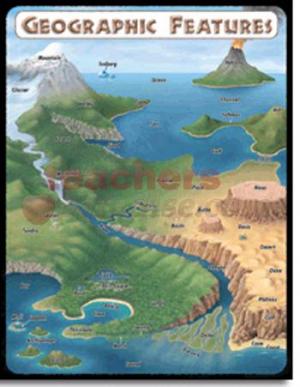What lessons can you learn for the mentor text on geogrpahcal features below written by Robert fuller last year? What techniques can you extract from his writing and apply to your own?
 The flapping wings of the brown pelican, Louisiana’s state bird, fill the air as it soars over the ravishing, earthy scented marshland looking for a place to land. Imagine a boot-shaped fertile land of damp, breath-taking marshes, and the ground is partly underwater. The state of Louisiana is truly that place. Louisiana’s unique setting causes a number of this beautiful, marshy wonderland’s terrain features. Because Louisiana sits in one of the closest areas to the equator, it receives ample sunlight. The three states that border Louisiana are Alabama, Texas, and Mississippi. Additionally, this spectacular haven is located in the Southeast region and in the East South Central sub-region. Louisiana overlooks the Gulf of Mexico, so this paradise receives an abundance of dreadful storms during hurricane season.
The flapping wings of the brown pelican, Louisiana’s state bird, fill the air as it soars over the ravishing, earthy scented marshland looking for a place to land. Imagine a boot-shaped fertile land of damp, breath-taking marshes, and the ground is partly underwater. The state of Louisiana is truly that place. Louisiana’s unique setting causes a number of this beautiful, marshy wonderland’s terrain features. Because Louisiana sits in one of the closest areas to the equator, it receives ample sunlight. The three states that border Louisiana are Alabama, Texas, and Mississippi. Additionally, this spectacular haven is located in the Southeast region and in the East South Central sub-region. Louisiana overlooks the Gulf of Mexico, so this paradise receives an abundance of dreadful storms during hurricane season.
The low land is another factor that renders Louisiana’s geography unique. Although Driskill Mountain, the highest elevation in Louisiana, is just a hill at 935 feet above sea level, the peak stands as sky scraping to Louisiana as Mt. Everest is to Nepal. Additionally, Louisiana’s low point, New Orleans, is actually nine feet below sea level. This statistic explains why hurricane waves are a quandary in the city. Sadly, citizens are forced to make levees, walls made to regulate a body of water. The average elevation in the Pelican State is a lowly 90 feet. Wetland to the south, flat plains in the middle and a few lush forests to the north combine to give Louisiana very little altitude. The brown pelican flies down into a bayou, and lands on a bald cypress, Louisiana’s state tree. The only noise is the buzz of a honeybee, the state insect.
¹Louisiana by Suzanne LeVert
Now - How good will your geographical features component be?



